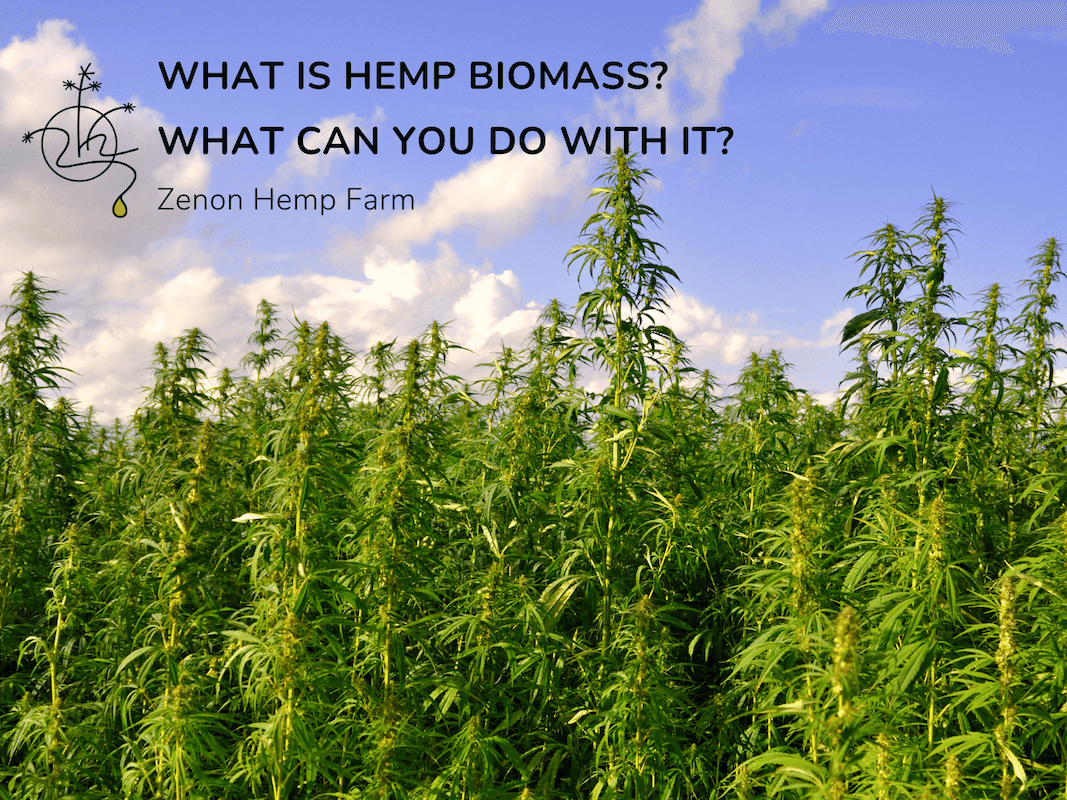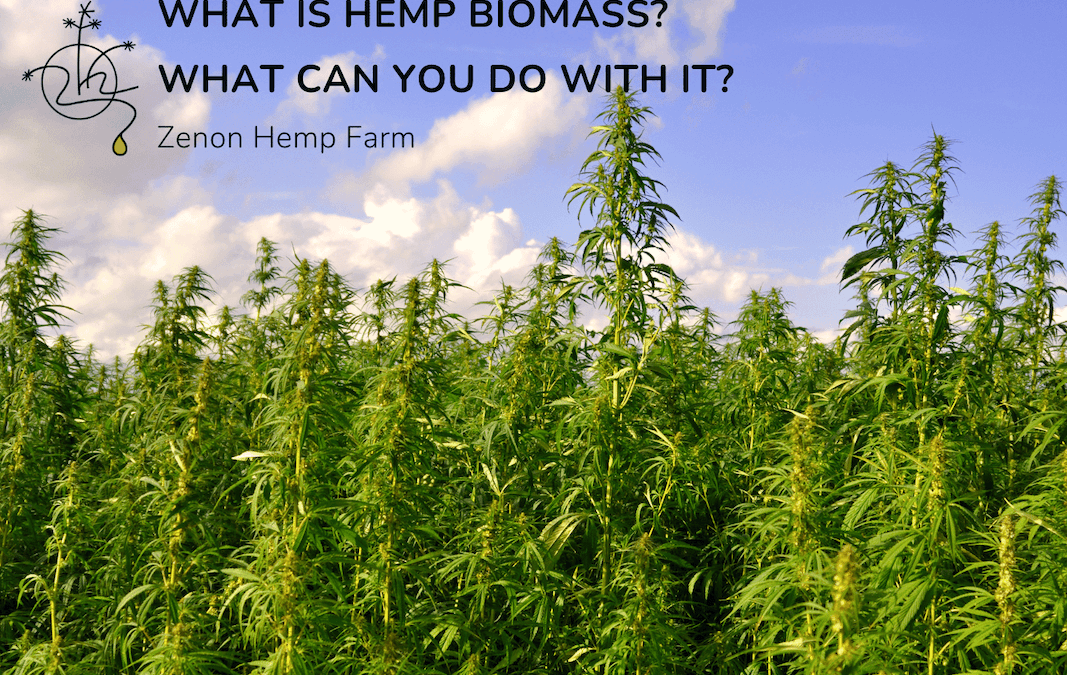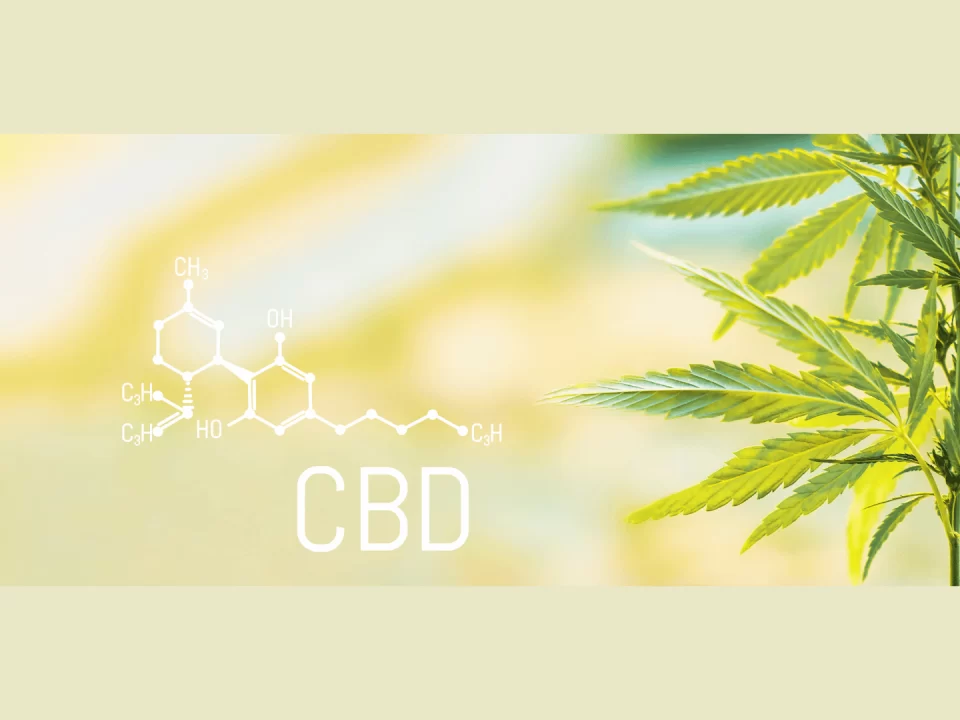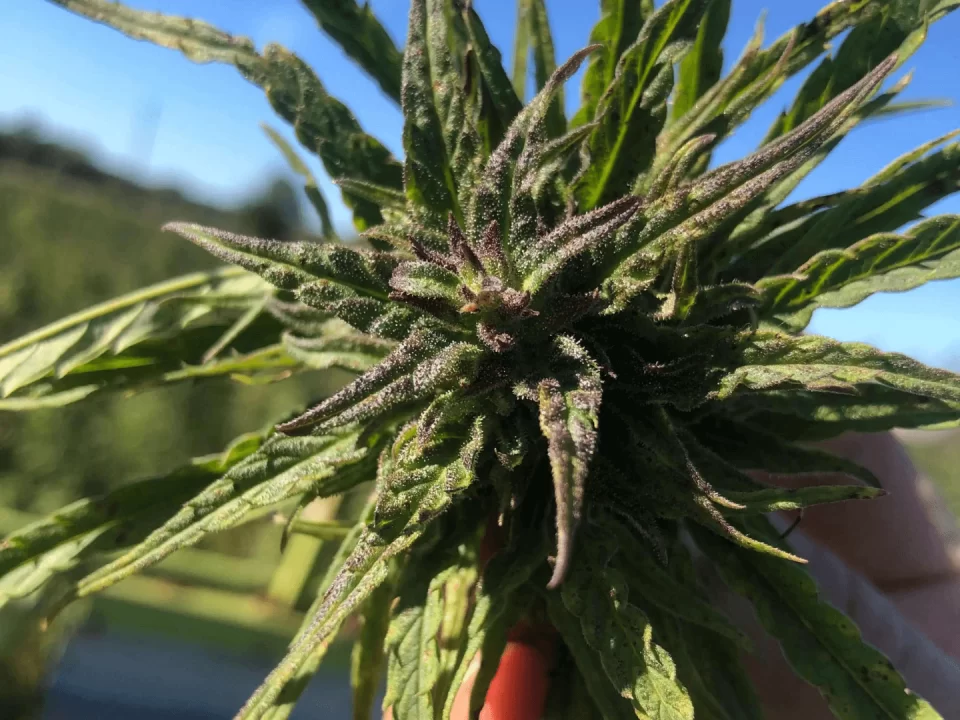What is Hemp Biomass? And what can be done with it?
What is hemp biomass?
Hemp biomass is an organic material obtained from hemp plants. In most cases, it is the biological material left over from the harvesting of hemp flowers. These can be the stems, seeds, and leaves of the plant, which also contain valuable compounds and can be used for various purposes. Hemp flowers are classified as biomass after extraction as hemp flowers are carefully grown and harvested specifically for their high CBD content.
Hemp biomass is usually processed into various products and extracts. This includes CBD oil and other supplements, as well as food ingredients, textiles, and other industrial materials. Hemp biomass is used to produce biofuels, plastics, and other sustainable materials. The versatility of hemp biomass makes it an attractive resource for many different industries, including health and wellness, agriculture, and energy.
When it comes to cannabis cultivation and the main goal of cultivators, as we mentioned, hemp flowers are the most important because they contain the most CBD. However, it must be said that in properly grown hemp crops that are considered suitable for biomass, you can find between 5 and 15% CBD. This amount is more than enough to use in CBD extraction and related products. Hemp biomass is therefore a valuable raw material, especially when there is a huge shortage of CBD on global markets.
Advantages of hemp biomass

Hemp biomass is therefore a super versatile material with many advantages and uses in various industries. For example, an extremely popular use in the production of cosmetics, face creams, and body care products. Due to the high cellulose content, hemp biomass is also used for the production of biodegradable plastics. You've probably heard that hemp fiber can replace wood in the paper industry, saving decades of forest growth. In addition, hemp biomass is a valuable source of renewable energy that can be used as a sustainable fuel alternative.
In addition, hemp biomass has been found to help increase soil fertility by releasing beneficial minerals into the soil and acting as an all-natural mulch. This is one of the reasons why hemp is very adaptable in many climate zones, its cultivation does not require too much care and protects itself from adverse natural phenomena by creating its own natural pesticides. All these advantages of hemp biomass prove that it is a valuable raw material not only for business but also for the environment. Thus, hemp is a natural resource that has been known for ages, but was restricted and forgotten for a long time, and is now being remembered and resurrected.
What can be done with Hemp Biomass?
Currently, the most common uses of hemp biomass are CBD biomass and Hemp fiber biomass.
CBD biomass
CBD hemp biomass is considered the hemp raw material that is CBD-rich. As we know, cannabis growers mainly focus on flowers as they contain the highest amount of CBD, so flowers are not classified as biomass. However, this extremely valuable ingredient is found not only in the flowers but also in other parts of the Cannabis Sativa plant. Thus, 5%-15% of the CBD is found in the CBD biomass, which consists of the stems, leaves, and other parts of the plant, and this is enough to extract the CBD and use it to produce various products. When the legal basis was completed and all parts of the hemp plant were allowed for production, CBD biomass became a valuable source and many manufacturers buy this biomass and use it to produce various products: hemp tea, hemp seed oil, and hemp flour. Very wide use in the beauty industry, where cosmetic products are enriched with hemp ingredients: face creams, body lotions, shampoos, soaps, various types of serums, etc.
And of course, it should be mentioned that CBD isolate can be extracted from CBD mass - a pure form of isolated cannabidiol or CBD without any other active plant compounds. We invite you to visit our store to buy: CBD oil 5%, CBD oil 10%, CBD oil 15%, Golden CBD oil 20%, Golden CBG oil 30%.
Hemp fiber biomass
Hemp fiber biomass, also known as industrial hemp biomass, contains a very low level of CBD, which means that this raw material could not be used for the production of CBD products. In most cases, hemp crop is harvested and processed industrially for this purpose, with no attempt to save the hemp flowers and other valuable parts of the hemp plant.
The hemp fiber itself is very well known and used in many industries, from eco-friendly building materials to textiles to renewable energies. Bioenergy has rapidly gained market share as the world seeks to reduce its dependence on fossil fuels. Most biofuel crops actually have a negative impact on the environment, requiring too much water or producing harmful substances. Meanwhile, industrial hemp is a valuable resource that is mostly resilient, requires minimal maintenance, and has little or no negative environmental impact.
Raw hemp biomass is used to produce products such as hemp paper, bioplastics, insulation materials, and other industrial products. When hemp is grown for those specific purposes, the biomass produced should not necessarily have to be subject to the same regulations that are required for food or health and wellness uses (which maintain THC levels). There is still a lack of clear legal regulations on various issues related to hemp, but as demand increases and the market develops, new technologies and uses appear, and such regulations and clarifications will inevitably have to appear.
And while we look forward to those changes in the future, we operate within the current regulations to offer the highest quality hemp products and share interesting and relevant news. For more articles please read our Blog.







